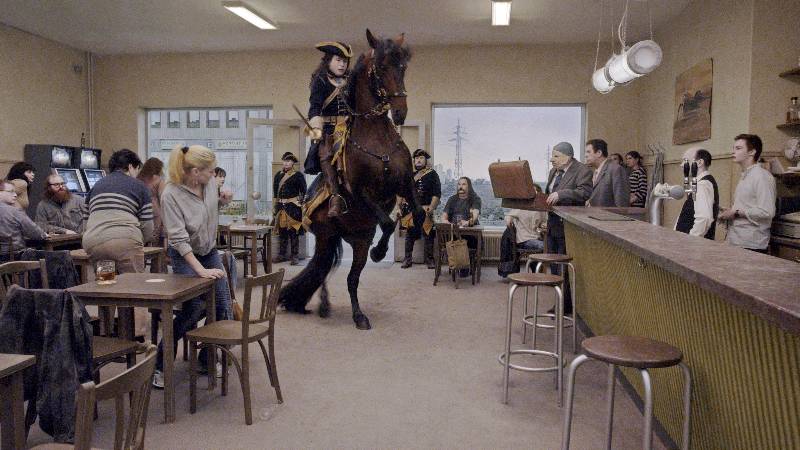
“A director makes only one movie in his life. Then he breaks it up and makes it again.”
– Jean Renoir
The critical designation of three films as a Trilogy is made to emphasize the Director’s fixation on a particular subject or his development and treatment of a theme or style. The directors that have been included in this list are the ones who fall under the “auteur theory” of filmmaking mostly – where, as someone said that, “an auteur don’t essentially make different films, rather he makes the same film again and again, imprinting himself in each one of them.”
Here are some of the best yet least talked about trilogies from around the world.
1. The Goopy Bagha Trilogy (Satyajit Ray)
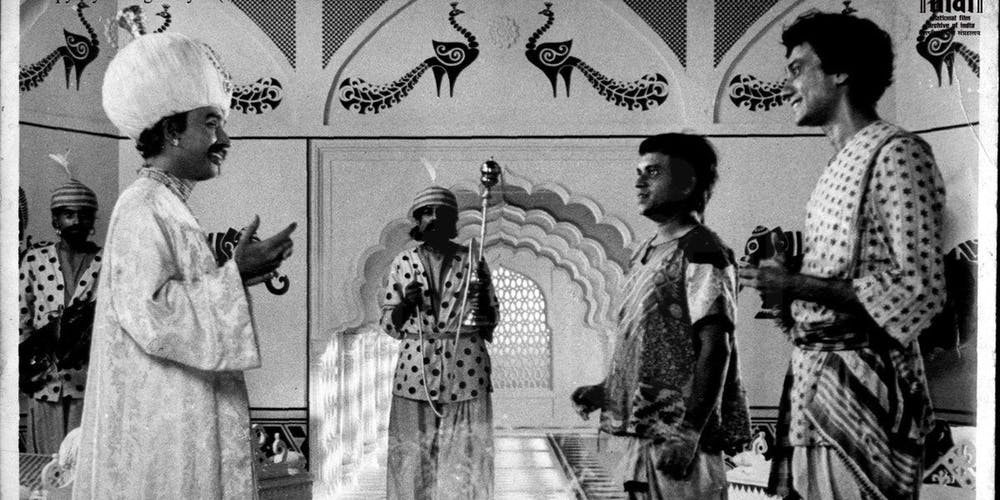
Although many of Ray’s films are marked by stark realism, his oeuvre was not limited to it. Apart from being an avid writer of children’s stories, his work also encompassed genres like fantasy and the nonsensical. And the Goopy Bagha Trilogy has ample proof of that.
The three films that make this trilogy are inspired by tales from folklore, and by the song and dance tradition of narrating stories. Humour too plays a big role in these films and as the stories progresses, the films gradually becomes satirical – an ominous and scathing comment in its artistic interpretation of the state of poverty and political turmoil and corruption of the times. Inspite of its many differences, there are some key elements, characters and motifs that are common in all the three, things that bind it into a cohesive whole.
The first instalment that is Goopy Gyne Bagha Byne or The Adventures of Goopy and Bagha was a popular tale which was dramatized without any major changes. The buffoonery, the magical element, the song and dance ensured that it was a success. The second instalment of the trilogy that is Hirak Rajar Deshe or The Kingdom of Diamonds was made as a political satire. Beneath the seemingly innocent fun and laughter was an underlying statement on the vice and corruption of political leaders of the time.
The third instalment, Goopy Bagha Phire Elo or The Return of Goopy and Bagha proved to be the most dark and ominous of the three, with Tantric rituals, black magic and the premonition of death painting a dark and gloomy vision of the future. Of course, it is the aspect of the fairy tale that proves to be the perfect vehicle. Inspite of all the gloom, it is the positive note of the two imprisoned and victimized boys that lifts the mood of the film, making it appeal to audiences.
2. The Taiwan Trilogy (Hou Hsiao-Hsien)
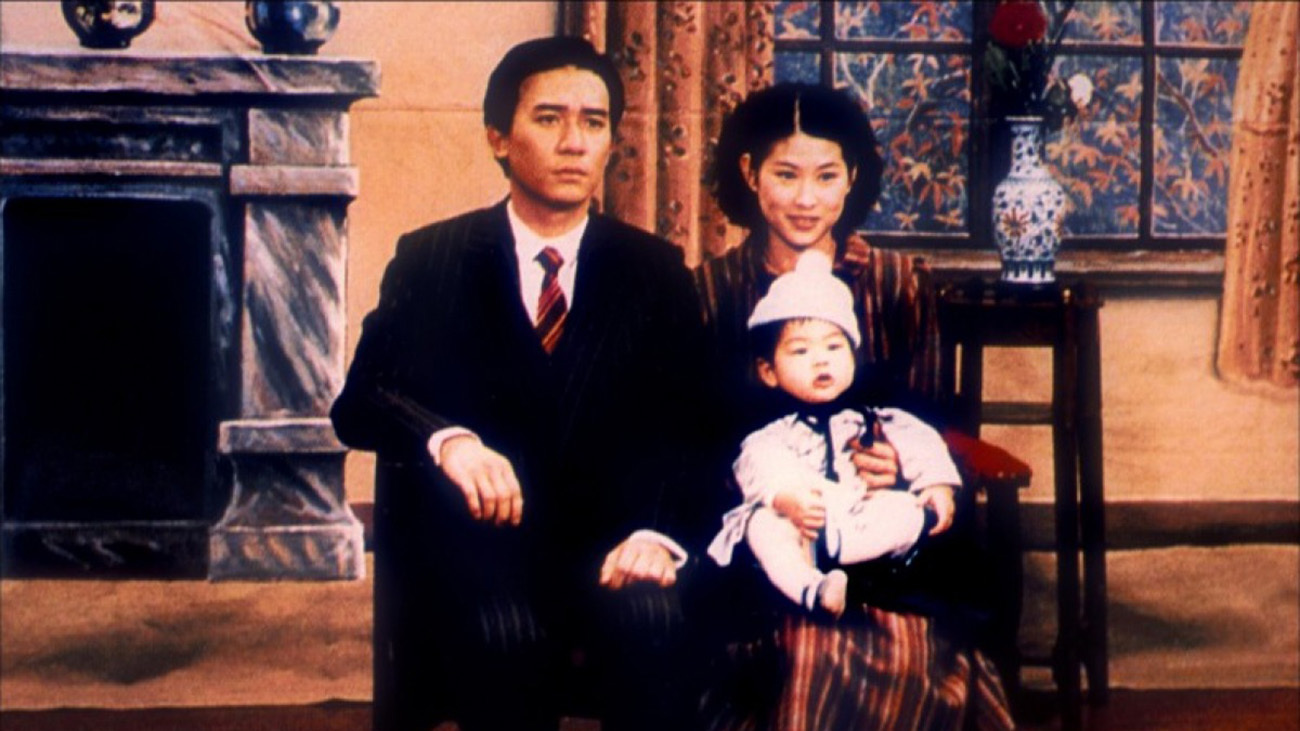
Hou has often been compared to the Japanese master Yasujiro Ozu and the French director Robert Bresson for his minimalist and elliptical narrative style. Hou’s themes are rooted in the daily lives of the Taiwanese, particularly rural life. His films have a nostalgic look yet come with an unmistakable feel of authenticity and originality born from a realist approach executed in a surprisingly stylized manner.
Hou’s The Taiwan Trilogy traces Taiwan’s history in the twentieth century. Of the three films, The Puppetmaster (1993), details the era of Japanese colonisation from 1895 to the restoration of Taiwan by the Kuomintang in 1945. The 2nd film of the trilogy, A City of Sadness focuses on the fate of the Lin family from 1945 to 1949, which epitomises Taiwanese life during the initial stages of Kuomintang domination.
The film was awarded the Golden Lion at the 1989 Venice International Film Festival. The last film in the trilogy, Good Men, Good Women (Haonan, Haonü, 1995), looks at a man who was imprisoned due to the 28thFebruary Incident and his experiences upon his release in modern Taipei in 1987.
The Puppetmaster (Hsimeng Rensheng, 1993) is a groundbreaking film about the life of veteran puppeteer Li Tienlu. Li Tienlu’s account of his turbulent life and career is also an account of Taiwan’s modern history and a reflection of its culture.
In A City of Sadness, Hou Hsiao-Hsien’s use of a family’s micro-history to parallel the national macro-history of the February 28 Incident opens an important historical window through which the audience may re-encounter and reflect upon Taiwan’s past, and think carefully about its future.
The story of Good Men, Good Women centres on an actress mourning her lover who’s convinced she’s receiving silent phone calls from the person who stole her diary. With its narrative switching between past and present, ‘reality’ and the film-within-a-film, Hou’s movie is complex and challenging, blending the personal with the political. Hou Hsiao-Hsien’s films are political and his concerns, humanitarian.
To discover the truth, to reconcile and to produce harmony are the primary aims of Hou Hsiao-Hsien. Hou’s films suggest that the Taiwanese people should cast away the darkness of the past and face the bright future, come to terms with their country’s history and take a forgiving attitude toward past misfortunes.
3. Koker Trilogy (Abbas Kiarostami)
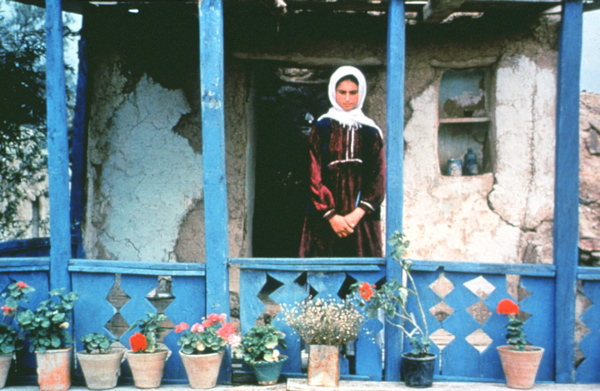
“We can never get close to the truth except through lying” – Abbas Kiarostami
As we have seen, revealing the truth of the human soul is an art that only a handful of directors have mastered. In his multi-faceted layering of reality and fiction, Kiarostami comes closest to the truth than anyone else. His “Koker Trilogy,” – are three films that don’t have similar character and story but come with a common thread of place and theme, Koker being the name of a village in northern Iran.
The setting of Where Is The Friend’s Home is the same village in the wake of the devastating 1990 earthquake. It is the simple story of a young boy who goes to a neighbouring village to return the notebook of a classmate.
Kiarostami tells the story of an authoritarian society, while reminding us how as children, we get embroiled in the adult world of business and responsibility. Further, by casting non-professional actors he successfully creates characters who set their own benchmarks for cinematic “realism” yet emerges as totally authentic.
Life and Nothing More is about the search for the two boys who starred in Kiarostami’s earlier film – a sort of fictional documentary about the resilience of the human spirit in the face of disaster. Of course all of this is filtered through Kiarastomi’s unique self-reflexive prism.
Through the Olive Trees (1995), is a fictional drama about the making of Life and Nothing More. The film opens with the shot of a bearded man addressing the camera: “I’m Mohammed Ali Keshavarz, the actor who plays the director.” The film provides us an insight into the working style of the great director which encompasses the many layers of “reality” that we get to see in the film.
Khermanend, who played the director in Life and Nothing More, comes back to the role in Jastarian’s film though the main story is that of a lovesick actor playing the husband of a young woman he loves but unfortunately cannot marry.
4. The Fanny Trilogy (Marcel Pagnol)
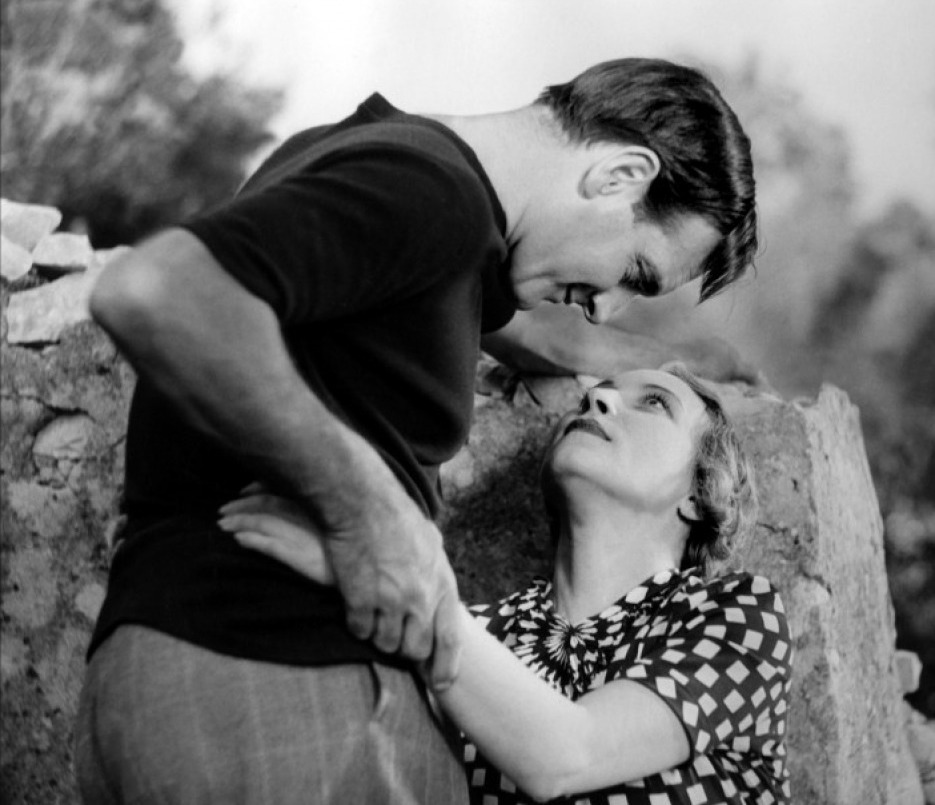
As early as 1931, Marcel Pagnol, a playwright realized that cinema could transcend the stage in more ways than one. Soon he hired Alexander Korda to direct an adaptation of his 1929 stage success – Marius. Encouraged by its success, he penned a sequel called Fanny in the following year for director Marc Allegret. By 1936, he had written the third instalment called Cesar, which he directed himself.
All of these three films are named after the title character, and is the story of each one of them. In Marius, Pierre Fresnay stars as a barman’s son in the port town of Marseilles who pines to go out to the sea. But unfortunately, he is stuck on land, during which he flirts with Orane Demazis, a part of him resenting her for being contended with the unadventurous life on land, for which he too may have to compromise.
While Marius ends with high drama, Fanny opens with Demazis torn between her love for Fresnay and a more practical marital arrangement proposed by local merchant Fernand Charpin. The third film of the trilogy César stars Raimu as Fresnay’s father, dolefully observing the results of the choices Fresnay and Demazis made, some 20 years ago.
For the most part, the plots are straight melodrama, inundated with details of seaside life and conversation between people who’ve known each other for decades. I would not be misleading to state that the pieces of The Fanny Trilogy are overtly theatrical, with minimal action and a surfeit of digressive chat. Fanny’s transformation into mature adulthood is symbolic of all of ours as we age, allowing imperfect circumstances to benumb the romantic youngster in us, finding fulfilment in struggle.
5. Finland Trilogy (Aki Kaurismaki)
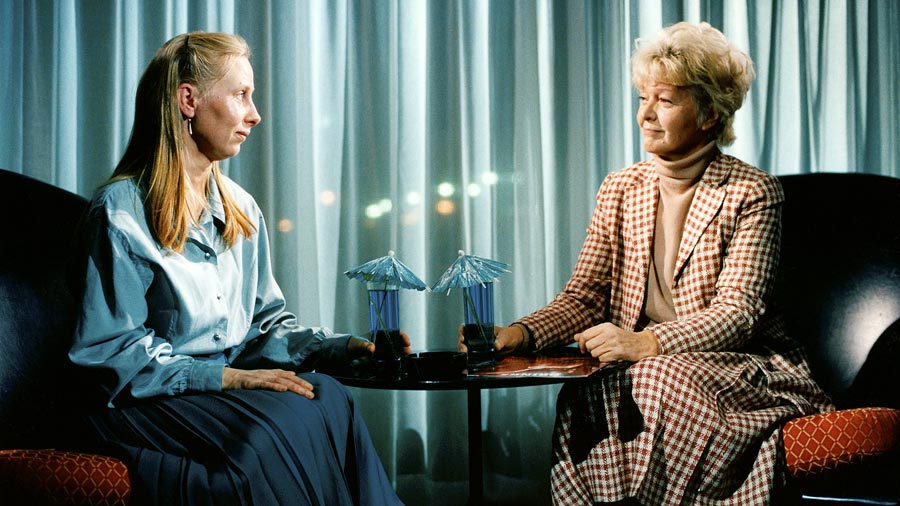
The Finnish film industry was almost non-existent in the 80’s when two young men turned the tide – brothers Mika and Aki started making films and their prolific careers put Finland on the world map. Later, Aki discovered his own ground – the poignant, deadpan became his trademark style with which he made a name in art film circles worldwide.
Kaurasmaki focused on bringing to the world a glimpse of the economic hardships and social pitfalls that the common man in Finland are confronted with. While the world encountered by his characters was bleaker than ever, the cinematography grew luminous in response.
Drifting Clouds is the first of Kaurismäki’s Finland trilogy and follows a tram driver who loses his job. Soon, the restaurant where his wife works as a head waitress is shut down. Too proud to receive money from social welfare, they try landing new jobs but one disaster follows another. The film won the Prize of the Ecumenical Jury at the 1996 Cannes Film Festival.
Starring Markku Peltola, Kati Outinen and Juhani Niemelä, The Man Without a Past is the second instalment in Kaurismäki’s Finland trilogy. The story follows an unnamed man arriving in Helsinki. The man is mugged brutally by antisocial elements. He wakes up in a hospital badly injured and with amnesia. From then on, we see how he starts his life from scratch without shelter or friends. The film received the Grand Prix at Cannes and won the Academy Award for Best Foreign Language Film.
Lights in the Dark is a working-class melodrama, much more melancholic than any of Kaurismäki’s previous work. We enter the modern era for the first time, complete with highways, cellular phones and even computers – all things that had never before been seen in Kaurismäki’s movies.
This is the story of how, after the femme fatale, Mirja (Maria Järvenhelmi), dumps our loser hero Koistinen (Janne Hyytiäinen), Koistinen sits in a restaurant, drinking an entire bottle of liquor as Olavi Virta sings: “You will see not a tear / even when my heart is crying. With this song Kaurismäki encapsulates the emotional world of his characters, without them having to say a word.